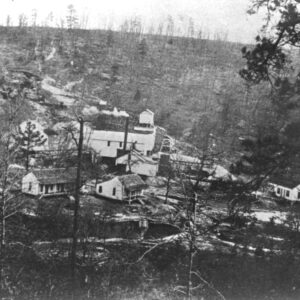 Magnolia Mines
Magnolia Mines
Time Period: Early Twentieth Century (1901 - 1940)
 Magnolia Mines
Magnolia Mines
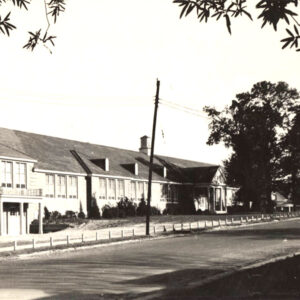 Magnolia School
Magnolia School
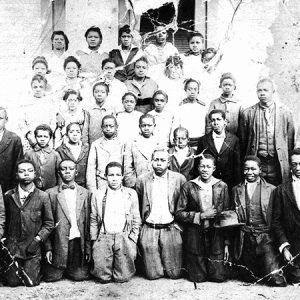 Magnolia Students
Magnolia Students
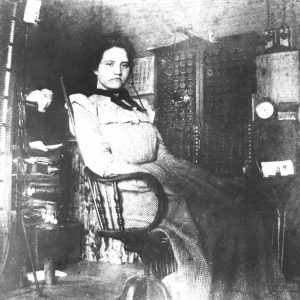 Magnolia Telephone Operator
Magnolia Telephone Operator
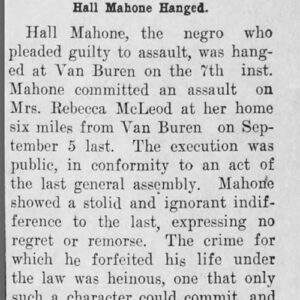 Mahone Execution Article
Mahone Execution Article
 Mail Hack
Mail Hack
 Main School Building
Main School Building
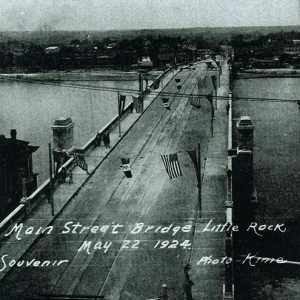 Main Street Bridge Grand Opening
Main Street Bridge Grand Opening
Majestic Hotel
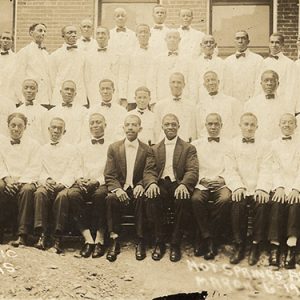 Majestic Hotel Waiters
Majestic Hotel Waiters
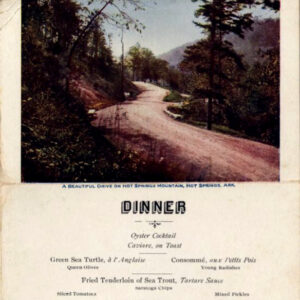 Majestic Hotel Menu
Majestic Hotel Menu
 Majestic Stationery
Majestic Stationery
Major League Spring Training in Hot Springs
Malaria Control Projects in Southeast Arkansas
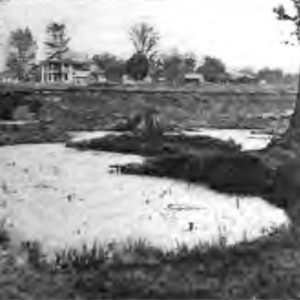 Malaria Control in Hamburg
Malaria Control in Hamburg
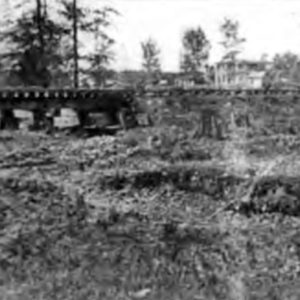 Malaria Control in Hamburg
Malaria Control in Hamburg
 Malaria Protection
Malaria Protection
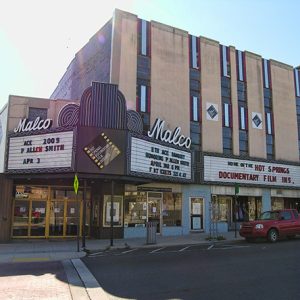 Malco Theatre
Malco Theatre
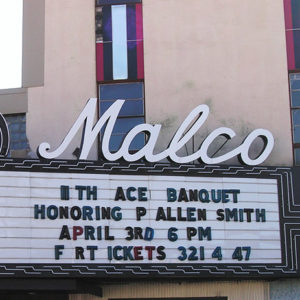 Malco Theatre Marquee
Malco Theatre Marquee
Malco Theatre (Hot Springs)
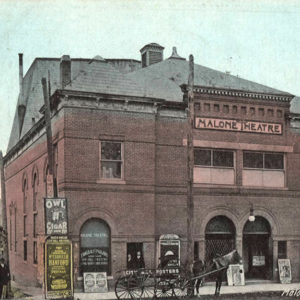 Malone Theater
Malone Theater
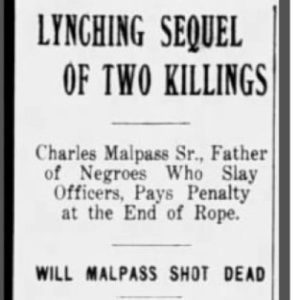 Malpass Lynching Article
Malpass Lynching Article
Malpass, Charles (Lynching of)
Malvern Commercial Historic District
 Malvern Commercial Historic District
Malvern Commercial Historic District
 Malvern Daily Record
Malvern Daily Record
Malvern Rosenwald School
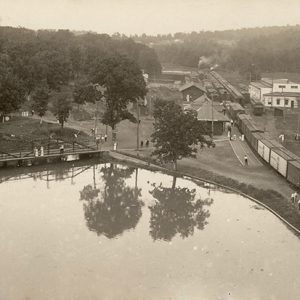 Mammoth Spring Depot
Mammoth Spring Depot
 Mammoth Spring
Mammoth Spring
 Mammoth Spring Street Scene
Mammoth Spring Street Scene
 Mammoth Spring Street Scene
Mammoth Spring Street Scene
Maness Schoolhouse
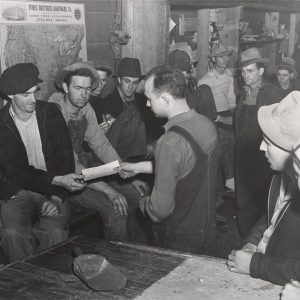 Manganese Miners
Manganese Miners
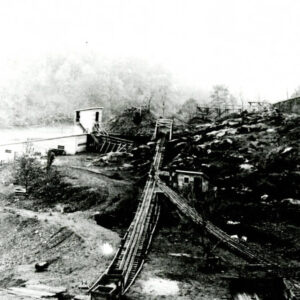 Manganese Ore Washer
Manganese Ore Washer
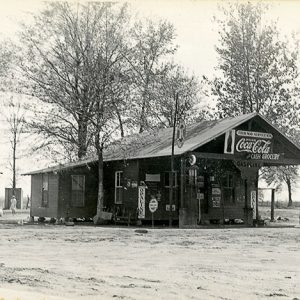 Manila Service Station
Manila Service Station
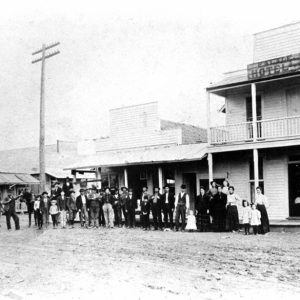 Manila Hotel and Grocery
Manila Hotel and Grocery
 Manila Stave Mill
Manila Stave Mill
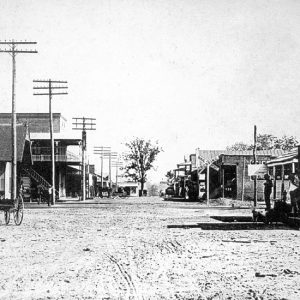 Manila Street Scene
Manila Street Scene
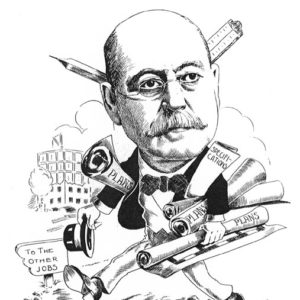 George Mann
George Mann
Mann, George Richard
Manning, Henry Grady
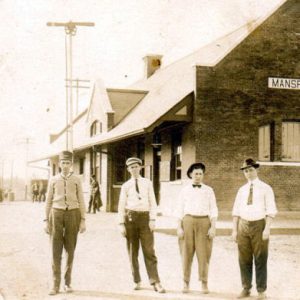 Mansfield Depot
Mansfield Depot
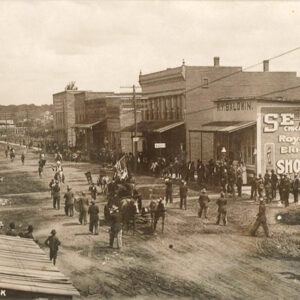 Mansfield Parade
Mansfield Parade
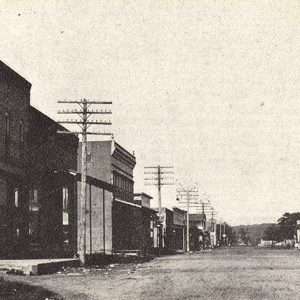 Mansfield Street Scene
Mansfield Street Scene
 Map of Peridotite for Diamond Mining
Map of Peridotite for Diamond Mining
 "Maple Leaf Rag" by Scott Joplin
"Maple Leaf Rag" by Scott Joplin
 Marble Quarry Workers
Marble Quarry Workers
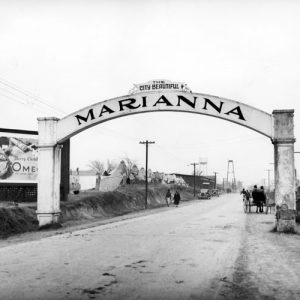 Marianna Arch
Marianna Arch
 Marianna Cotton
Marianna Cotton
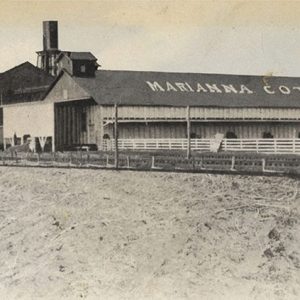 Marianna Cotton Oil Company
Marianna Cotton Oil Company




